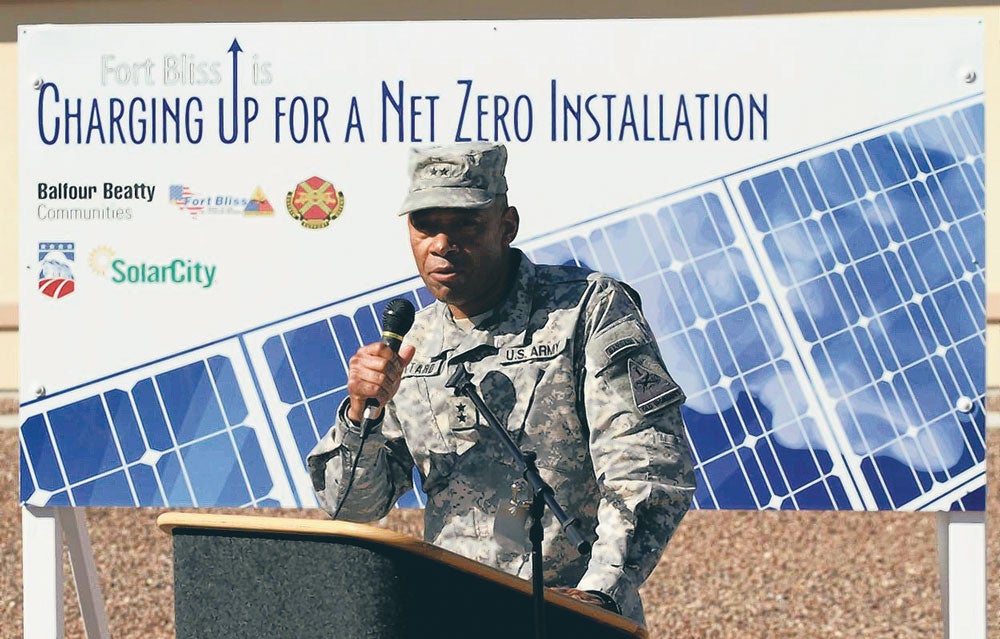 In an effort to gauge where America’s power grid stands, Washington D.C.-based group GridWise Alliance evaluated grid modernization in 41 states and the District of Columbia. Texas and California tied for first place—standing far above the next runner up.
In an effort to gauge where America’s power grid stands, Washington D.C.-based group GridWise Alliance evaluated grid modernization in 41 states and the District of Columbia. Texas and California tied for first place—standing far above the next runner up.
So what makes Texas’ grid so special?
Texas restructured its electricity market in 1999, introducing competition into the retail electric market. The new competitive retail market gave most Texans a choice of electricity providers from dozens of companies, so these energy providers compete to offer the most advanced services. For example, Texans can opt for 100% renewable electricity from Green Mountain Energy.
Additionally, in an effort to update Texas’ electric grid, the Public Utility Commission, Texas’ governing body for electricity, passed a resolution prompting “wires companies”(the firms that deliver energy from power plants to homes and businesses) to invest in millions of smart meters. Smart meters can help eliminate huge waste in the energy system, reduce peak energy demand (rush hour on the electrical wires) and spur the adoption of clean, low-carbon energy resources, such as wind and solar power, by managing energy demand and generation more efficiently.
Now Texas boasts more installed smart meters than any other state. Already, smart meters have led to quicker outage detection and reporting. They also empower customers with the ability to reduce their electricity use and reward customers accordingly, when combined with customer-facing home energy management technologies.
Combined, advanced, smart metering and greater customer engagement could produce a more resilient power grid of the future, where customers participate as “prosumers’ – or consumers and producers of energy. Some pockets of Texas are already leading by example.
As we have highlighted, Austin’s neighborhood smart grid test-bed is making great strides towards smarter power. Pecan Street Inc.’s demonstration project collects massive amounts of voluntary energy data to provide customers with real-time feedback from a neighborhood powered almost entirely by its own rooftop solar panels A modernized energy system, like the one being designed and tested at Pecan Street, puts energy generation in the hands of customers—fundamentally strengthening the power grid.
Energy is always more reliable when it’s produced locally. That’s why military leaders at Texas’ Fort Bliss are using over 20 megawatts (MW) of solar power and water recycling to help meet the Army’s energy conservation and security goal. These energy- and water-saving strategies not only keep the base secure, but they also go a long way toward reducing regional air pollution and water use. The base commendably aspires to achieve a net-zero energy, water and waste footprint by 2020.
While Texas is moving in the right direction with its expansive wind industry and smart grid development, many of those who are deeply invested in aging fossil fuel technology are either blocking the way to the finish line or stalling the transition to a new, diverse energy portfolio.
If Texas is going to weather the impacts of climate change, we need to further invest in a modern power grid that encourages customer engagement and has the intelligence to minimize costly power outages and utilize customer-facing, demand-side resources, such as rooftop solar panels and energy efficiency. The progress we’ve made so far is admirable, but we’re far from achieving a truly modernized, smart grid. That’s why EDF is working with policymakers, investors and entrepreneurs to see that Texas seizes opportunities and drives innovation in the new clean energy economy.










